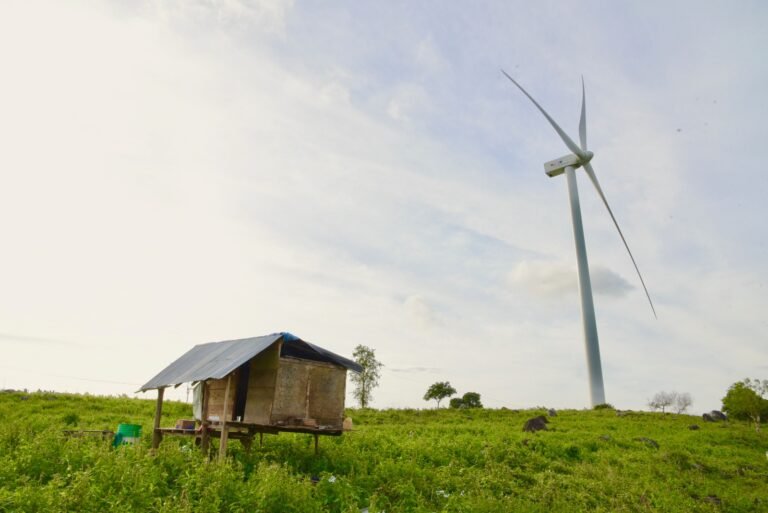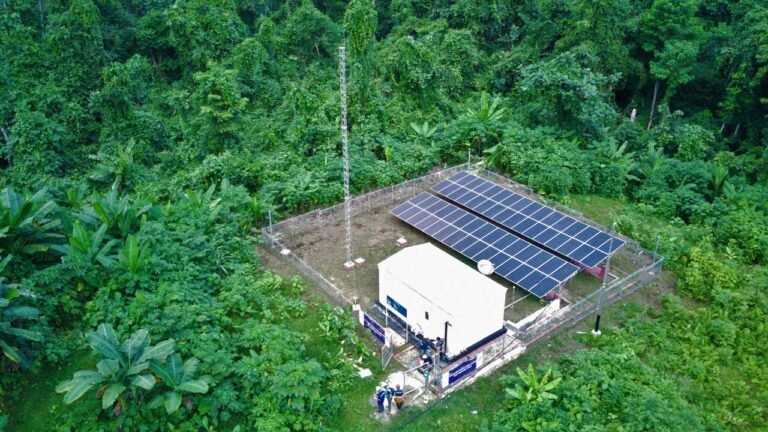
- Radiation released into the atmosphere contaminated every place on earth around the Chernobyl region and in the wider region.
- Many countries reconsidered their nuclear energy policies because this explosion
- It Caused Ecosystem, social, health, energy, economic issues not only in the region but the entire world is paying attention to this deadly disaster.
The impact of the radiation generated by the explosion of the nuclear plant in Chernobyl Ukraine was not only felt directly around the reactor area. It also spread to many countries in Europe by air. Here is an in-depth analysis of the radiation hazards of this disaster from various aspects:
1. Environmental Aspects of Nuclear
Ecosystem Damage:
The Chernobyl disaster caused massive ecosystem damage. Radiation released into the atmosphere contaminated the soil, water and air around the Chernobyl region and in the wider region. Radioactive contaminated soil will remain dangerous for many years.
With the release of radioactive isotopes such as Cesium-137 and Strontium-90 that have long half-lives. As a result, flora and fauna in the Chernobyl exclusion zone, which covers an area 30 kilometers from the reactor center, suffer from genetic mutations, population decline, and health and reproductive disorders.
Effects on Animal Life:
Many animal and plant species were directly affected by radiation. Populations of birds, small mammals and other wild animals showed sharp declines in the first few years after the disaster. Studies also revealed that radiation caused birth defects and higher mutation rates in some species.
Baca Juga
- Indonesia’s Trans Java Toll Could Boost Clean Energy Mix
- Nuclear: Clean Energy Could Be Hero For Indonesia From Coal Mining Disaster
However, over time, nature demonstrated the ability to regenerate some areas of the exclusion zone. In the absence of humans, a number of species such as wolves, elk, and bison are thriving in these zones again, although all living things in these areas are still affected by the remaining radiation.
River and Reservoir Pollution:
Radiation from Chernobyl also contaminated nearby rivers and reservoirs, such as the Pripyat and Dnipro Rivers, which are critical to the water supply in the regions of Ukraine and Belarus. This water contamination poses a threat to drinking water quality, fisheries and freshwater ecosystems. Although radiation levels in the water decreased over time, some areas still experience its adverse effects today.

2. Social Aspects of Nuclear
Mass Evacuation and Displacement:
One of the biggest social impacts of the Chernobyl disaster was the evacuation of more than 100,000 people from the city of Pripyat and the surrounding area. The evacuation was sudden, forcing people to leave their homes and possessions in a short period of time. Many of them never returned to their hometowns, and the area remains a no-go zone to this day.
Long-term Health Issues:
Radiation affects human health, causing a significant increase in cases of thyroid cancer, especially in children and adolescents who were exposed to radiation at the time. In addition to cancer, there are reports of increased incidence of leukemia, immune system disorders, and mental health issues such as psychological trauma. These health effects of radiation can last for generations, given the genetic mutations that are passed on to offspring.
Social and Psychological Trauma:
Communities affected by Chernobyl experienced deep psychological trauma. In addition to losing their homes, many feel anxious about their health and that of their children in the future. Uncertainty about the long-term effects of radiation exposure left many people living in fear, leading to stress and other psychological disorders.
3. Regional Aspects of Nuclear
Exclusion Zone and Loss of Productive Area:
The Chernobyl exclusion zone covering an area of 30 kilometers around the reactor remains uninhabitable to this day. The region that was once inhabited by thousands of people is now a forbidden and unproductive area. The loss of this area also means the loss of agricultural land that was once an important economic resource for the local population.
Effects on Neighboring Countries:
Radiation from Chernobyl was not limited to Ukraine. Wind carried radioactive particles to Belarus, Russia, and even to countries in Western Europe. In Belarus, about 70% of the released radiation fell on their soil, causing long-term damage to the environment and public health. These neighboring countries had to face decontamination and health issues for years after the disaster.

4. Economic Aspects of Nuclear
Cleanup and Decontamination Costs:
The effort to clean up and manage the radiation fallout from Chernobyl was costly. The Soviet government at the time and the Ukrainian government afterward spent billions of dollars on decontamination operations, removal of radioactive material, and construction of a sarcophagus to cover the exploded reactor. The construction of a new enclosure structure, known as the “New Safe Confinement”, also cost more than €2 billion.
Long-term Economic Losses:
The loss of productive areas and massive evacuations resulted in long-term economic losses. The evacuated population lost their livelihoods, and the state had to bear the economic burden of this disaster. The agricultural industry in the contaminated region was destroyed, and many products from the area were banned from trade due to fears of radioactive contamination.
Baca Juga
- Mengenal Teknologi Pintar AION Y Plus yang Mengubah Pengalaman Berkendara
- KOLTIVA Gabung Sustainable Coconut Partnership (SCP), Pimpin Langkah Inovatif untuk Industri Kelapa Berkelanjutan
Impact on the National Energy Economy:
As one of the largest power plants at the time, Chernobyl played an important role in the Soviet energy system. After the explosion, the capacity of nuclear power plants in the region dropped dramatically, forcing the government to look for alternative energy sources. The decommissioning of other reactors at Chernobyl posed challenges in meeting the energy needs of Ukraine and the surrounding region, contributing to the energy crisis.

5. Aspects of National Energy and Nuclear
Public Trust in Nuclear Energy:
The Chernobyl tragedy resulted in a sharp decline in public confidence in the use of nuclear energy. Many countries reconsidered their nuclear energy policies. As for Germany, it is gradually reducing reliance on nuclear power plants. Although nuclear energy is an efficient source of clean energy. The risk of a Chernobyl-like disaster raises fears of potential long-term impacts that cannot be ignored.
Influence on Global Energy Policy:
This disaster sparked a global debate on the safety of nuclear energy. Many countries implemented stricter safety standards at their nuclear power plants, and some countries, such as Sweden and Italy, even halted their nuclear programs. However, despite improved safety standards, the Fukushima disaster in 2011 proved that nuclear energy remains a high risk.
Conclusion
The Chernobyl disaster was a stark reminder of the dangers of radiation and its far-reaching impact on the environment, society, the region, the economy and national energy policy. While some aspects of nature may recover from the effects of radiation, the social, economic and human health effects will continue to be felt for generations to come. This disaster emphasizes the importance of strict regulation in the use of nuclear technology and the need to find safer alternative energy sources.
#zonaebt #sebarterbarukan #ebtheroes
Editor: Savira Oktavia











